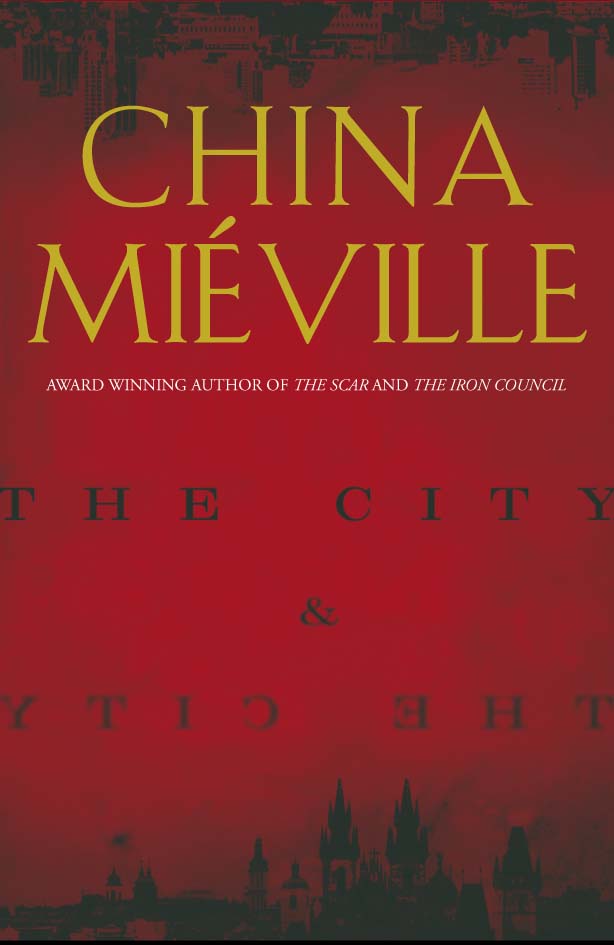“Escapism” is a word/concept often used to describe fantasy and science fiction. In the most simplistic sense, the term seems to appropriate a field of distance or extension between the text, those engaged with it, and our actually existing reality. The word seems to attribute to readers a certain passivity and disengagement towards the world, a form of cowardice which leaves them indifferent and estranged (the archetypical uncaring and apolitical geek, who buries himself within a world of pulp fantasy, comics and videogames). This idea of escaping lies isolated from a more vigorous and oppositional force – the reader’s attempt at contemplation and confrontation with the world as it is.
And so the initial, glancing idea of ‘escape’, a separated world and text, is only the most vulgar and simplistic understanding of the word. Fantastical and speculative fiction is however far more cognitively engaged, and imaginatively deeper than many realise. These fictions shouldn’t just be viewed as impossible and virtual ‘escapes’ which are irreconcilable with our own world, but as genuinely active engagements, interventions where fictitious landscapes, characters and narratives are contemplated and realised in complex and different ways. Beyond simply the inability to connect with reality and a withdrawal from the world, what should be added to the the use of the word ‘escapism’ is the resulting opportunity of alterity – relevance and meanings that are not always offered in actuality, but can be processed and effectual through the use of imagination. With this antithesis in hand we can renew the idea of escapism – not as the affirmation of our imprisonment within the world (we can escape to fantasy for a short while, but will nevertheless return to our boring and repressive realities afterwards) but as a more radical expression of free thought and learning. We may view fiction through the lenses of our own particular frameworks of knowledge, but an engagement with the text means that our return to the world offers a greater and extended awareness of these structures through a continuous process of fictive refraction. I believe this is one of the reasons why speculative genres are so popular today, specifically among younger audiences (the youth of the 20th and 21st Century, respectively), not just because they want to suspend belief, but because the texts offer a real connection and realisation wherein actually existing society there may be none.
* * * * *
China Mieville’s fantastical crime thriller The City and the City is a highly original and powerfully visual tale, and one that may just enlighten us on some of the deep rooted subconscious workings of a city’s structure. Mieville’s work is an excellent demonstration of socio-political apparatuses and the radical acts which might allow us to transgress these, a spectacular effort of science-fiction world building and surreal police procedural, as well as a twisted urban thriller that offers a unique outlook on the mechanisms of ideology within modern cityscapes.
Key to understanding the world Mieville has created are the spatial and social relations present in the two neighbouring cities of which the book’s title alludes. I believe that the spatial and territorial dimensions and descriptions make up the core of the book, which means we may largely pass by the complexities of the plot, characters and prose, not because they are in any way weak, but because of their relative subservience to the former category. Bezel is the city in which things first begin to take shape through a mysterious murder, yet the investigation is made doubly strange for the reader due to the city inhabitants’. Those investigating the murder in the Bezel ECU (Extreme Crime Unit) have an unusual relationship with the neighbouring city of Ul Qoma. This strange relation takes the form of a shared spatial dimension; the two very separate and culturally distinct cities are literally built upon the same soil, with shared buildings and cross-sections of overlapping streets and alleyways. Unlike post World War Two Berlin, these cities are discretely interwoven through their physical occupation of space, there is no material wall to divide them, but instead something even more alienating and tangibly distancing – a socially controlling and disfiguring ideology, which is bristling with antagonisms and mediated through mental perception.
Despite the two cities’ proximity to one another, they hold their own legal and ethical order, their own governmental infrastructures as well as social and cultural customs. Yet what makes their relations entirely peculiar are their mediation of one another and their natural surroundings. Similar to a kind of Orwellian doublethink, the citizens of each city go about their business, driving by, brushing past and even bumping into their twin-city neighbours, actively unknowing what they perceive, via a process of ‘Unseeing’. There is no physical interaction between the opposing citizens (or at least, it must go unacknowledged and be suppressed), and even more bizarrely – they must actively ‘Unsee’ parts of the (other) city which do not belong to their own. Here we can imagine whole chunks of missing realities, like broken or unloaded textures in a computer game, or a Photoshop picture with half of its layers disabled. The faces of buildings, entire apartment blocks, streets and even skylines must be self-administratively removed from a citizen’s world, leaving only the unconscious ghost of the other city lingering eerily in the background of the mind.

